As eco-consciousness continues to shape the automotive landscape, electric cars have emerged as a sustainable and environmentally-friendly choice for modern drivers. To truly embrace the green revolution, it’s essential to care for these cutting-edge vehicles with the right maintenance approach. In this guide, we present you with top electric car maintenance tips that not only ensure peak performance but also promote eco-friendliness. From optimizing battery life to reducing your carbon footprint, these practices will help you contribute to a greener world while enjoying a smooth and efficient electric driving experience.
Conventional combustion or fossil fuel engine cars have tons of moving parts and complex timing mechanisms arranged in clockwork-like structures. It has taken a very long time for this combination of moving parts to mature and work reliably, as we know it today. Thanks to innovation and research work, nowadays, conventional cars are generally reliable and trustworthy, however, the likelihood remains statistically that one or more of the moving parts will break due to wear and tear which can ruin your whole day.
Electric cars are great in that way that got far fewer moving parts, so the statistical likelihood of parts breakdown is less. That being said, the electric car market is relatively new and the real cost, both in terms of time and money, of maintaining electric cars is an elusive figure which is still under consideration and the jury is still out on it. However, tons of money and efforts have been put into the EV industry to revolutionize the framework and make it more and more reliable and cost-worthy for general users.
We shall discuss some of the points which could be helpful in understanding the cost implications of keeping electric cars. This is our opinion of EV and it covers topics in general, not an expert opinion by any means. The jury is still out on EV maintenance and costs and there isn’t simple enough data available to provide definitive answers. Besides, each EV will have its own pitfall and good points, which is beyond the scope of this blog.
No More Oil Change – Fewer Service Parts
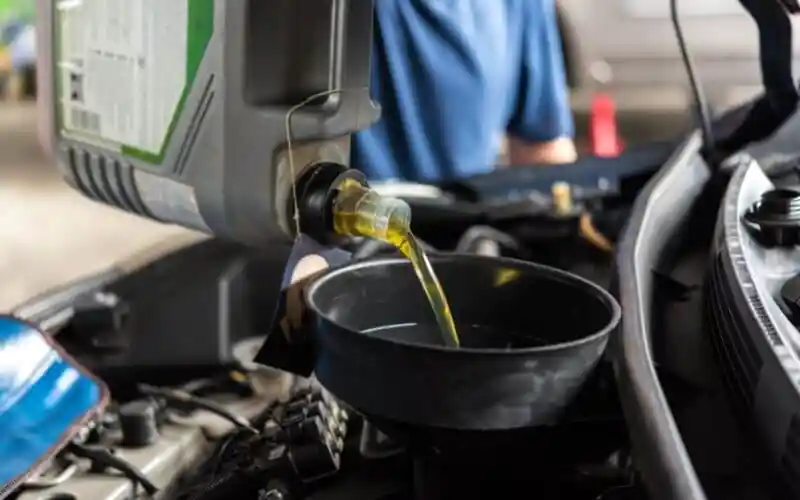
This shouldn’t come as a surprise as an absence of a conventional combustion engine removes the requirement for engine oil or filter required. EV engine alternate is an electric motor that is a self-contained unit and virtually maintenance-free.
The air filter is also non-existent, and with no moving parts to lubricate, oil and oil filter servicing is history which is all good news. With no combustion, there is no exhaust system required and hence no added complications and parts associated with it. Actually, this is the main best-selling point of EVs, ‘There are NO exhaust gases’.
In fact, only windscreen washers, tires, and air conditioning gas and filters with brake pads can be considered as regular service parts and consumables. Do not underestimate this shortlisted service parts list, it incurs major costs over the years, both in time and money.
As one would imagine, service is still required within the interval suggested by the manufacturer. It will be consisting of a standard procedure where the technician will connect a diagnostic device with the OBDII connector and check for any possible faults that might have occurred in different parts of the car. The technician will also check for brake pads and traction or main power battery health status.
Electric Car Battery Maintenance
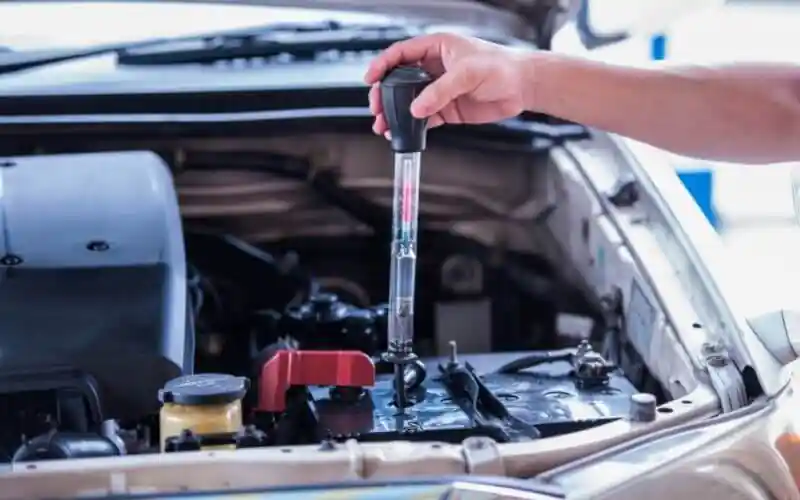
As mentioned earlier, EV carries a power battery pack, also called the traction battery, alongside a 12-volt battery. The 12-volt is compliant with standard automobile electronics and powers all the standard core components which run off the 12-volt rail. The rotational motion imparted to wheels is powered by a main comprised powerpack battery which is in turn comprised of hundreds of individual lithium-ion battery cells. Maintenance and service of this battery are relatively simpler and easier as the diagnostic report describes the overall health status of the battery as well as indicate any faults down to a possible unit within the battery. The repairs on the battery can be undertaken if possible but, in most cases, the entire battery pack will be replaced using a quick release and fit mechanism. Replacement of traction powerpack battery is an efficient and standard process that will renew and boost the mileage provided per KWH of battery charge. It is normally covered under warranty however it can be costly if you find yourself not covered under any maintenance service agreement or program.
Minimal Mechanical Parts – Less to Go Wrong
As mentioned earlier, electric cars do not carry conventional fossil fuel combustion engines which implies there are no mechanical parts that would normally be associated with a combustion engine and transferring power to rotational energy routed to the wheels. The conclusion is that electric cars can last long and reliably over thousands and thousands of miles. There are a minimal number of moving parts but none of them is as such, the parts that have a likelihood of breaking down with shorter intervals of time.
This factor is pretty important if you’re
- looking for a reliable car that is less likely to breakdown
- Requires fewer service efforts
- longer in between service interval
- Is good to run for tens of thousands of miles only interrupted by charging intervals
Advanced and Simplified Transmission
This is probably the major difference that manifests itself while driving an electric car and the experience itself will be telling. There are no gears or transmissions as such in EV, instead, it’s a direct drive, and tires are rotated directly from the electric motor via a drive shaft. Albeit there are reverse and neutral switches in EV, which only signifies the direction and neutrality of the gear system.
The experience details as very smooth and no transition of gear system when in forwarding motion. It’s because there is no gearbox in the EV. Electric motors are characterized by high revolutions at relatively stable torque. The starting torque of EVs is outstanding and that’s why they can reach 0 to 60 MPH lightning-quick. The highest torque is achieved somewhere around 3000 REVS, after which torque is reduced with revs however it is still substantial.
This direct drive system is simple and efficient and is virtually maintenance-free. The ability to deliver higher torques at high REVS is a feature that sets apart the EV from mainstream conventional vehicles, both maintenance, and experience-wise.
Regenerative Braking – The Revolution
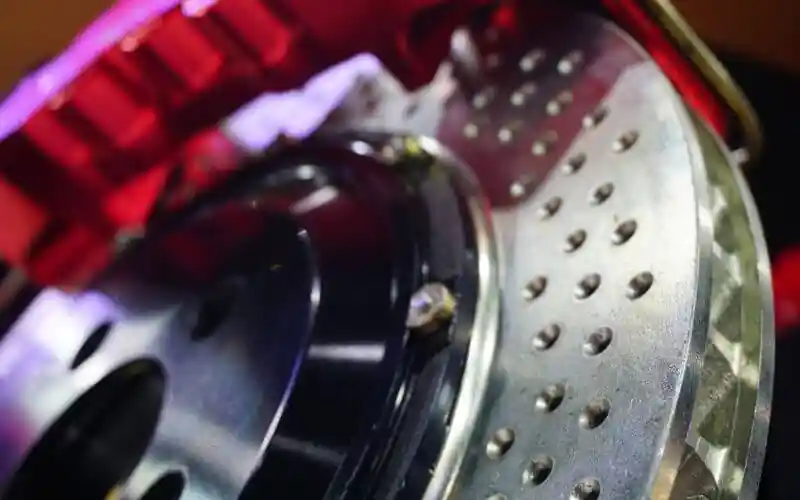
The system of braking used on electric cars is highly unconventional and clever. It is called regenerative braking and its function is to charge the battery when the car is either braking or moving forward, using simply the forward momentum of the EV. That means the forward momentum or the kinetic energy of the electric car is converted into electrical energy by using regenerative braking. In turn, regenerative braking uses a generator that converts this momentum into useful electric power which can be then used to charge the battery.
EV has a conventional braking system as well which works just like any other car however it is only used when required and is the secondary meaning of applying brakes on the car.
That means when you apply brakes on an electric car it first engages the regenerating braking system and only applies the conventional breaks if necessary.
This innovative system of braking reduces the workload and pressure on conventional brakes and hence reduces the cost of replacement by increasing the mean time between services.
Day-to-Day Maintenance Electric Car
The day-to-day man or supervision of the electric cars is somehow less than what you would need on combustion fossil fuel counterparts. That being said, you still need to check the brake fluid and the cooling fluid just like any other car.
Cooling fluid is used to control the temperature of traction batteries, which are intrinsically sensitive to weather conditions and temperature.
Tyre pressure and bodywork also needs to be maintained, Albeit, these are very standard routine task which people are generally used to anyway, so does factor in the effort required on a day-to-day basis
Battery Maintenance for electric car
The main power source batteries on an electric car, also known as traction batteries, are deployed to power electric motors. Electric car batteries are very sturdy and robust units of the system. They’re designed to last long and in all weather conditions, for tens of thousands of miles. Most electric car batteries are specified to last for at least 8 years but most will keep working after this period albeit with lost efficiency. The best practice is to change them after the specified period of time, but you can still use them for some time with reduced efficiency and power. The principle behind lithium batteries or any other batteries for that matter is simple that is every time you charge, discharge, and recharge, you take away a tiny bit of the charge-holding capacity of the battery which accumulates over the years, resulting in reduced battery capacity and efficiency.
It is recommended, whenever required, to check the battery health and performance at authorized dealers or use proper garages with qualified technicians to allow some margin and time to catch any issues before they can cause a major hassle.
Cost of maintaining electric cars

As discussed earlier with considerably fewer moving parts and fewer mechanical components upkeep and maintenance of electric cars is estimated to be up to 35 to 40% less than standard fossil fuel cars. Meantime between servicing or inspections for EVs tends to be larger and the servicing itself would be cheaper and less time-consuming. This is not taking into account the fuel savings which are made by using electric cars as compared to fossil fuel counterpart vehicles.
It is thought that the major cost incurred for electric cars is in the shape of replacement of the traction batteries however if you factor in the saving that he made over the years in terms of services and fuel, the cost of electric batteries of course will be offset by a good margin.
Driving EV for longer Distances and Cold EV Batteries
While EVs are considered an excellent choice for short to intermediate distances, nothing is stopping you to take your electric car on longer routes. The journey though must be planned well, knowledge of the charging stations along the route would be an asset and habitually topping up whenever you would be great.
Most EVs will come with a full charge mileage capacity of 200 to 300 miles, and it is increasing rapidly in newer models. Care must be taken as one of the downsides of EVs is reduced mileage in cold conditions as silicon batteries in general and traction batteries in specific will lose charge and efficiency in colder weather.
Electric Vehicle Charging – Electric Charging points near me
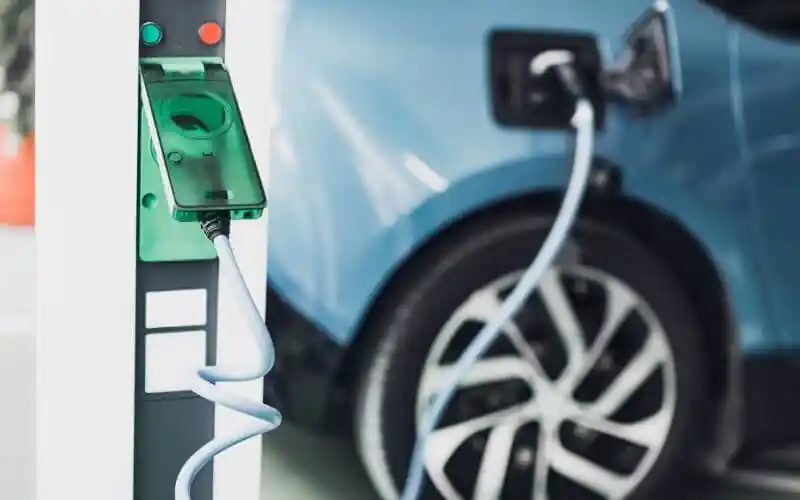
Electric cars are fundamentally different from conventional cars when it comes to fueling or recharging the car. You need to make sure that before a relatively long journey, the car is fully charged and necessary homework is done to identify the nearest available charging points on your travel route. Zapmap has smartphone apps that can help you identify the charging points in a particular area or zone. below can use to find electric charging points in your desired location.
Conventional combustion or fossil fuel engine cars have tons of moving parts and complex timing mechanisms arranged in clockwork-like structures. It has taken a very long time for this combination of moving parts to mature and work reliably, as we know it today. Thanks to innovation and research work, nowadays, conventional cars are generally reliable and trustworthy, however, the likelihood remains statistically that one or more of the moving parts will break due to wear and tear which can ruin your whole day.
Electric cars are great in that way that got far fewer moving parts, so the statistical likelihood of parts breakdown is less. That being said, the electric car market is relatively new and the real cost, both in terms of time and money, of maintaining electric cars is an elusive figure which is still under consideration and the jury is still out on it. However, tons of money and efforts have been put into the EV industry to revolutionize the framework and make it more and more reliable and cost-worthy for general users.
We shall discuss some of the points which could be helpful in understanding the cost implications of keeping electric cars. This is our opinion of EV and it covers topics in general, not an expert opinion by any means. The jury is still out on EV maintenance and costs and there isn’t simple enough data available to provide definitive answers. Besides, each EV will have its own pitfall and good points, which is beyond the scope of this blog.
Tesla – charging points near me
Zapmap – charging points near me
Carwow – charging points near me
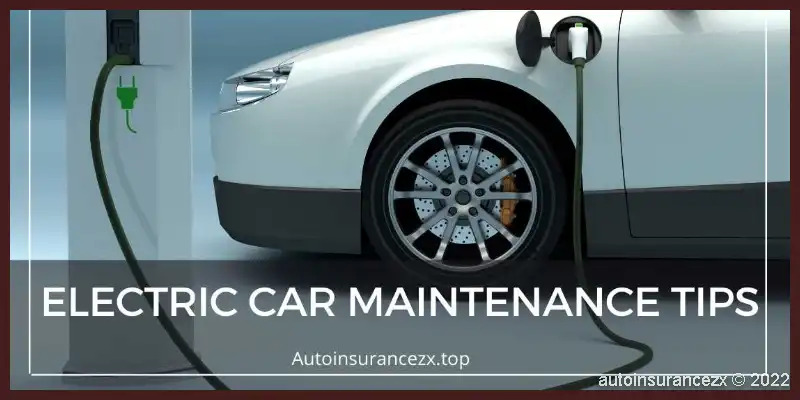
4 thoughts on “Eco-Friendly Care-Top Electric Car Maintenance Tips”